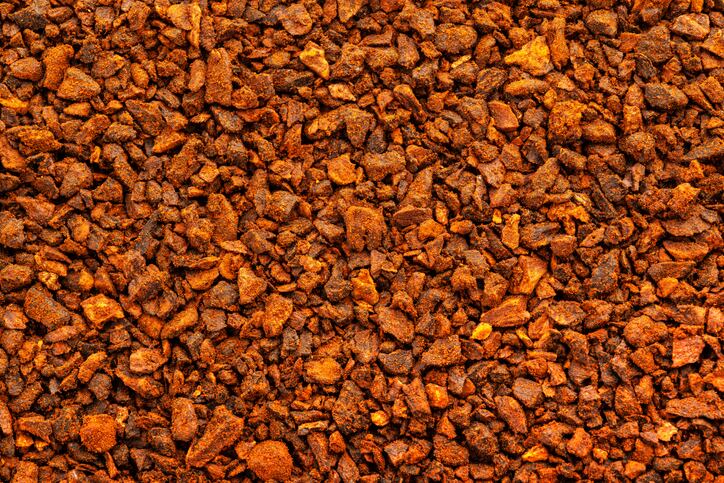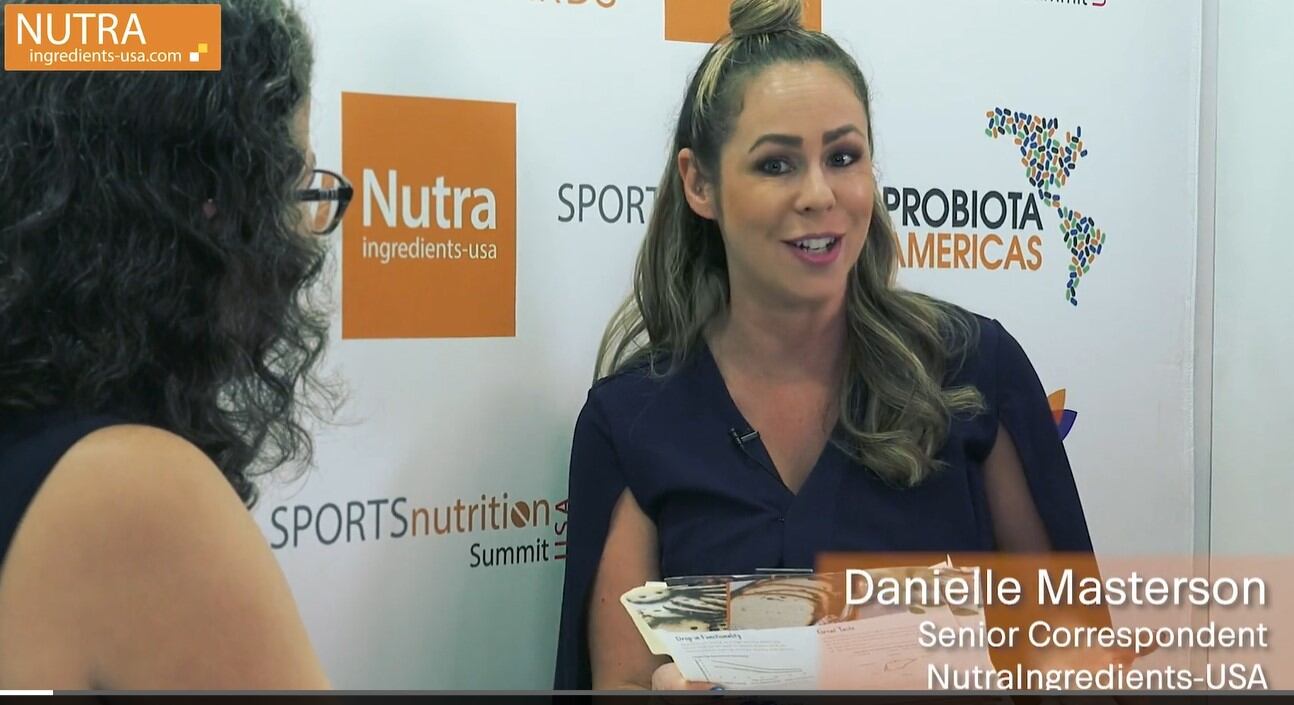The Global Prebiotic Association said it concurs with a recent market report that uses the above number. With the rapid proliferation of reports being marketed to various industry sectors, sometimes these projections can show wide variations. The $5.5 billion sales projection was taken from a report being marketed by the firm Future Market Insights.
Big picture: Growth continues to be strong
Len Monheit, executive director of the GPA, said in this case he thinks the market report got it right. But he cautions that a market of that size assumes some significant contributions from applications that go beyond the field of dietary supplements per se.
“Our growth projections for the category are based on member feedback, and some estimates and projections we have prepared ourselves, as well as dialogue with folks such as Mintel, Euromonitor , etc. Most reports jumble animal and feed prebiotics alongside infant formula, human nutrition and food. They also sometimes include all fiber sources (including psyllium), even the commodity ingredients used in traditional fortification uses. When all of that is included, we’d agree with this number,” Monheit told NutraIngredients-USA.
“We also project annual growth of over 20%. If you remove the animal/feed applications, you’d remove about 60% of this number,” he added.
Monheit said the demand for prebiotics is also being boosted by a flattening of growth in probiotics sales. Companies with significant investment in gut health applications are looking for ways to continue sales momentum in the fact of this development.
“We are seeing companies understand that rising awareness of prebiotics on the consumer side is a demand opportunity. Companies such as Olipop and Uplift Foods are translating this into sparkling beverage and snack applications, and on the supplement side, with probiotic growth plateauing, companies are turning to prebiotics either on their own, or to expand their sets,” he said.
Simplifying the message on modes of action
Monheit said a better understanding of the modes of action of prebiotics could help boost sales further and maintain that momentum. He noted that the probiotic sector took off when the message was simplified for consumers via the nationwide Activia campaign.
He said GPA has been working on similar tacks to take with prebiotics to expand the message beyond prebiotics as just a formulation-friendly way to add a dietary fiber claim on the label. The GPA’s suggested simplified label messages drive at the ability of prebiotics to preferentially support the growth of specific beneficial bacteria.
“At GPA, we’ve simplified the activity message to ‘support and feed,' ‘increase and produce’ and ‘balance and optimize’ which covers the known mechanisms. Additionally, our GPA research shows that consumers and other influencers are really looking for prebiotics in their products, but many companies are still talking only fiber, which loses half or more of the message,” he said.
The manufacturers of prebiotic ingredients were put on the back foot a couple of years ago when the US Food and Drug Administration released a guidance on its definition of dietary fiber. A number of popular prebiotic ingredients, including inulin and many of the oligosaccharides, were not including in that first list and had to go through a subsidiary process in which manufacturers submitted scientific dossiers to the agency to prove their view that that their ingredients should fall under this definition.
More than just fiber
Many ingredients have done this successfully, Monheit said. But in the meantime, as more research has been conducted on these ingredients, he said viewing them as just an alternative source of fiber is an overly narrow lane.
It’s helpful to be able to make the claim on the label, but in GPA’s view there’s far more to prebiotics than just being able to wave the fiber flag. GPA presented some of the latest research on prebiotic ingredients at a session at last year’s ExpoWest trade show which featured Hariom Yadav, PhD, of the Wake Forest University School of Medicine and Postbiotic Labs LLC.
“It starts with the interest, popularity and emerging science associated with the microbiome. This includes new mechanistic-supported work on digestion, inflammation and obesity. . . . We are also seeing the direct contribution of short chain fatty acids to trigger biochemical pathways that impact the brain and other receptors,” Monheit said.




